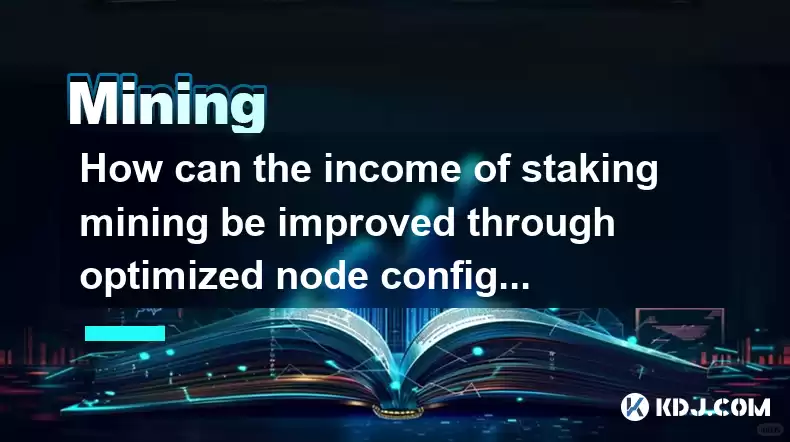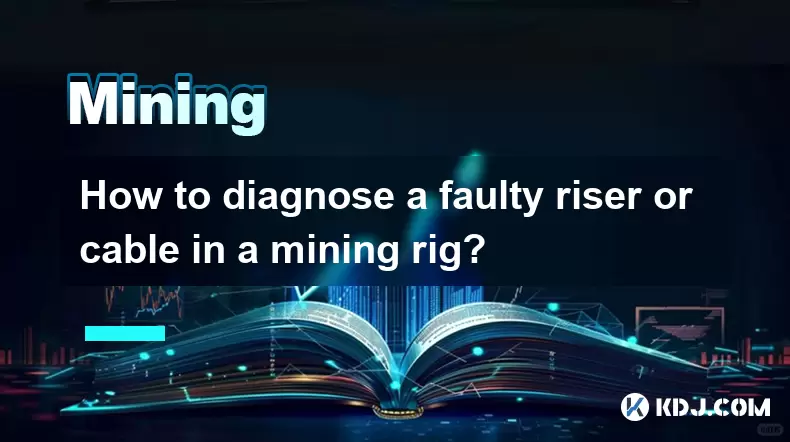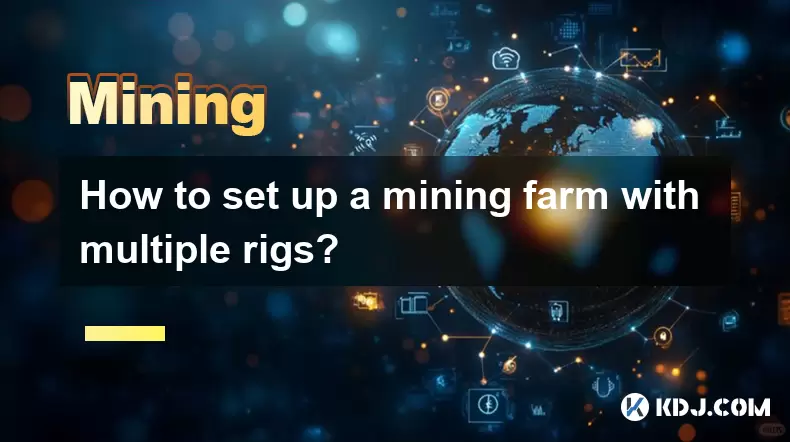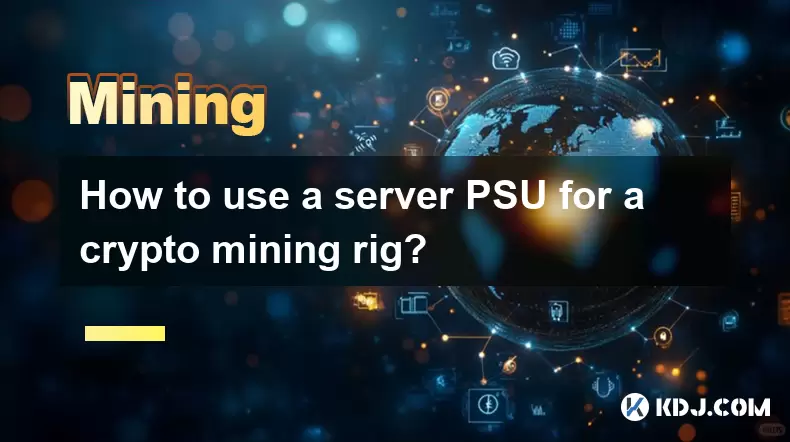-
 Bitcoin
Bitcoin $115100
1.27% -
 Ethereum
Ethereum $3675
2.71% -
 XRP
XRP $2.995
1.45% -
 Tether USDt
Tether USDt $1.000
0.02% -
 BNB
BNB $769.8
2.64% -
 Solana
Solana $168.0
3.25% -
 USDC
USDC $0.9999
-0.01% -
 TRON
TRON $0.3371
1.48% -
 Dogecoin
Dogecoin $0.2051
3.36% -
 Cardano
Cardano $0.7394
2.30% -
 Hyperliquid
Hyperliquid $38.15
0.42% -
 Stellar
Stellar $0.3966
-0.36% -
 Sui
Sui $3.486
2.93% -
 Chainlink
Chainlink $16.72
2.52% -
 Bitcoin Cash
Bitcoin Cash $568.0
4.36% -
 Hedera
Hedera $0.2440
2.59% -
 Ethena USDe
Ethena USDe $1.001
0.04% -
 Avalanche
Avalanche $22.16
2.06% -
 Litecoin
Litecoin $119.1
-0.73% -
 UNUS SED LEO
UNUS SED LEO $8.991
0.04% -
 Toncoin
Toncoin $3.232
-0.39% -
 Shiba Inu
Shiba Inu $0.00001233
2.82% -
 Uniswap
Uniswap $9.717
2.53% -
 Polkadot
Polkadot $3.664
1.85% -
 Dai
Dai $1.000
0.01% -
 Monero
Monero $281.2
-3.89% -
 Bitget Token
Bitget Token $4.350
1.55% -
 Cronos
Cronos $0.1428
5.07% -
 Pepe
Pepe $0.00001050
3.68% -
 Aave
Aave $262.3
3.54%
How can the income of staking mining be improved through optimized node configuration?
Optimizing node configuration significantly boosts staking rewards. Hardware upgrades, consistent network participation, and proper software setup are crucial, alongside managing multiple nodes and employing slashing protection strategies.
Mar 22, 2025 at 11:57 am

Key Points:
- Understanding the relationship between node configuration and staking rewards.
- Optimizing hardware for improved performance and efficiency.
- Network participation and its impact on rewards.
- Software configuration and its role in maximizing rewards.
- Strategies for managing multiple nodes for diversified income.
- Exploring advanced techniques like slashing protection and validator selection.
How Can the Income of Staking Mining Be Improved Through Optimized Node Configuration?
Staking, a crucial element of many Proof-of-Stake (PoS) blockchains, offers a passive income stream to participants who lock up their cryptocurrencies to secure the network. However, the profitability of staking isn't solely dependent on the cryptocurrency's price; node configuration plays a significant role. Optimizing this configuration can significantly boost your staking rewards.
Hardware Optimization: The Foundation of Efficient Staking
The performance of your staking node is directly linked to your hardware. A powerful CPU, ample RAM, and a fast SSD are essential. The CPU handles transaction validation, RAM stores the blockchain data, and the SSD ensures quick access to this data. Insufficient hardware can lead to missed block proposals and reduced rewards. Investing in quality hardware is a worthwhile investment for long-term staking success.
Network Participation: Maximizing Your Chances
Consistent network participation is paramount. Your node needs to be online and actively validating transactions to earn rewards. Network uptime directly correlates with your earnings. Regular maintenance, robust internet connectivity, and a reliable power supply are vital to ensuring uninterrupted operation and maximizing your chances of receiving rewards. Downtime directly translates to lost income.
Software Configuration: Fine-tuning for Optimal Performance
The software you use for staking also impacts your income. Choosing a reputable and well-maintained staking client is crucial. Some clients offer features like automated updates and advanced monitoring tools that can improve efficiency and reduce the risk of missed blocks. Regularly updating your software is crucial to patching vulnerabilities and accessing performance improvements. Incorrect configurations can lead to penalties or missed rewards.
Managing Multiple Nodes: Diversification for Enhanced Returns
Running multiple nodes can diversify your income streams and mitigate risks associated with individual node failures. This strategy allows you to participate in different networks, spreading your investment and reducing reliance on a single blockchain. However, managing multiple nodes requires significant technical expertise and resources. Careful planning and robust infrastructure are crucial for successful multi-node operation.
Advanced Techniques: Slashing Protection and Validator Selection
Understanding and mitigating the risk of slashing is crucial. Slashing occurs when a validator node acts maliciously or fails to perform its duties correctly, resulting in a penalty. Selecting a reliable validator with a strong track record and employing strategies to prevent downtime are vital steps in avoiding slashing. Researching different validators and understanding their performance metrics can significantly influence your rewards.
Exploring Different Consensus Mechanisms:
Not all PoS networks are created equal. Some offer higher rewards than others, while some have more demanding technical requirements. Researching the specifics of different consensus mechanisms, such as delegated proof-of-stake (DPoS) or pure proof-of-stake (PoS), can help you identify networks that best suit your technical skills and risk tolerance. Understanding the nuances of each mechanism can inform your decision-making process and improve your overall return.
The Importance of Security:
Protecting your node from attacks is paramount. This includes implementing robust security measures, such as strong passwords, two-factor authentication, and regular security audits. Compromised nodes can lead to significant financial losses, so investing in security is a crucial aspect of maximizing your staking income. A well-secured node contributes significantly to a reliable and consistent income stream.
Common Questions:
Q: What is the minimum hardware requirement for staking? A: The minimum requirements vary depending on the cryptocurrency and the complexity of the blockchain. However, a modern CPU, at least 8GB of RAM, and an SSD are generally recommended. Specific requirements are usually detailed by the respective cryptocurrency's documentation.
Q: How do I choose a reliable staking provider? A: Research is key. Look for providers with a proven track record, transparent fee structures, and strong security measures. Read reviews and compare different providers before making a decision.
Q: What are the risks associated with staking? A: Risks include slashing penalties for node misbehavior, network downtime resulting in missed rewards, and the volatility of cryptocurrency prices.
Q: Can I stake multiple cryptocurrencies simultaneously? A: Yes, but this requires careful management of multiple nodes and potentially different software configurations for each cryptocurrency. Thorough research and planning are necessary to ensure efficient operation.
Q: How often are staking rewards paid out? A: The frequency of reward payouts varies depending on the specific blockchain. Some pay out daily, while others pay out weekly or monthly. Check the documentation for your chosen cryptocurrency to determine the payout schedule.
Q: What are the tax implications of staking rewards? A: The tax implications of staking rewards vary by jurisdiction. It is crucial to consult with a tax professional to understand the applicable tax laws in your region and ensure compliance. Understanding your tax obligations is critical for responsible cryptocurrency investment.
Disclaimer:info@kdj.com
The information provided is not trading advice. kdj.com does not assume any responsibility for any investments made based on the information provided in this article. Cryptocurrencies are highly volatile and it is highly recommended that you invest with caution after thorough research!
If you believe that the content used on this website infringes your copyright, please contact us immediately (info@kdj.com) and we will delete it promptly.
- BlockDAG, Litecoin, and Cardano: Charting the Course in Crypto's Dynamic Waters
- 2025-08-07 09:09:06
- Fireverse Token: Igniting a Musical Revolution in Web3
- 2025-08-07 08:27:45
- Ethereum, L2 Withdrawals, and Decentralization: A New Yorker's Take
- 2025-08-07 08:32:33
- Avalanche vs. Ruvi AI: Daily Sales Tell a Story of Crypto Disruption
- 2025-08-07 06:29:35
- DeSoc: The Crypto to Buy Now for a Decentralized Future (and Maybe 43x Gains!)
- 2025-08-07 06:50:16
- Arctic Pablo Coin: Riding the Meme Coin Wave with a Deflationary Twist
- 2025-08-07 07:18:13
Related knowledge

What are the differences between mining on Windows vs. Linux?
Aug 06,2025 at 11:29pm
Overview of Cryptocurrency Mining PlatformsCryptocurrency mining involves using computational power to solve complex cryptographic puzzles and validat...

Can you mine cryptocurrency using solar power?
Aug 07,2025 at 12:00am
Understanding the Basics of Cryptocurrency MiningCryptocurrency mining involves validating transactions on a blockchain network by solving complex cry...

How to build a mining rig inside a PC case?
Aug 06,2025 at 11:01pm
Understanding the Basics of a Mining Rig in a PC CaseBuilding a mining rig inside a PC case involves transforming a standard computer chassis into a d...

How to diagnose a faulty riser or cable in a mining rig?
Aug 07,2025 at 01:49am
Understanding the Role of Riser Cables in Mining RigsIn a cryptocurrency mining rig, riser cables serve as the bridge between the motherboard and the ...

How to set up a mining farm with multiple rigs?
Aug 07,2025 at 12:38am
Understanding the Basics of a Multi-Rig Mining FarmSetting up a mining farm with multiple rigs begins with understanding the core components involved ...

How to use a server PSU for a crypto mining rig?
Aug 06,2025 at 08:39pm
Understanding Server PSUs and Their Relevance to Crypto MiningCrypto mining rigs demand stable, high-wattage power supplies to run multiple GPUs effic...

What are the differences between mining on Windows vs. Linux?
Aug 06,2025 at 11:29pm
Overview of Cryptocurrency Mining PlatformsCryptocurrency mining involves using computational power to solve complex cryptographic puzzles and validat...

Can you mine cryptocurrency using solar power?
Aug 07,2025 at 12:00am
Understanding the Basics of Cryptocurrency MiningCryptocurrency mining involves validating transactions on a blockchain network by solving complex cry...

How to build a mining rig inside a PC case?
Aug 06,2025 at 11:01pm
Understanding the Basics of a Mining Rig in a PC CaseBuilding a mining rig inside a PC case involves transforming a standard computer chassis into a d...

How to diagnose a faulty riser or cable in a mining rig?
Aug 07,2025 at 01:49am
Understanding the Role of Riser Cables in Mining RigsIn a cryptocurrency mining rig, riser cables serve as the bridge between the motherboard and the ...

How to set up a mining farm with multiple rigs?
Aug 07,2025 at 12:38am
Understanding the Basics of a Multi-Rig Mining FarmSetting up a mining farm with multiple rigs begins with understanding the core components involved ...

How to use a server PSU for a crypto mining rig?
Aug 06,2025 at 08:39pm
Understanding Server PSUs and Their Relevance to Crypto MiningCrypto mining rigs demand stable, high-wattage power supplies to run multiple GPUs effic...
See all articles

























































































